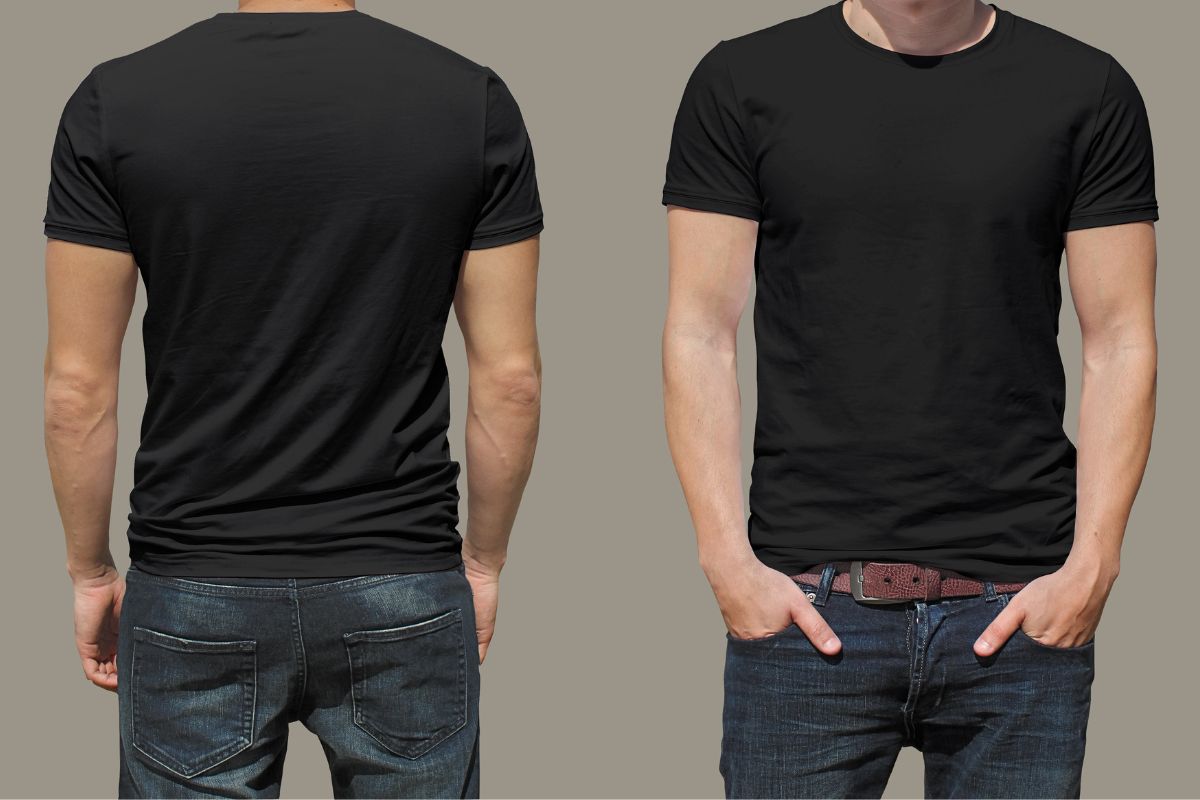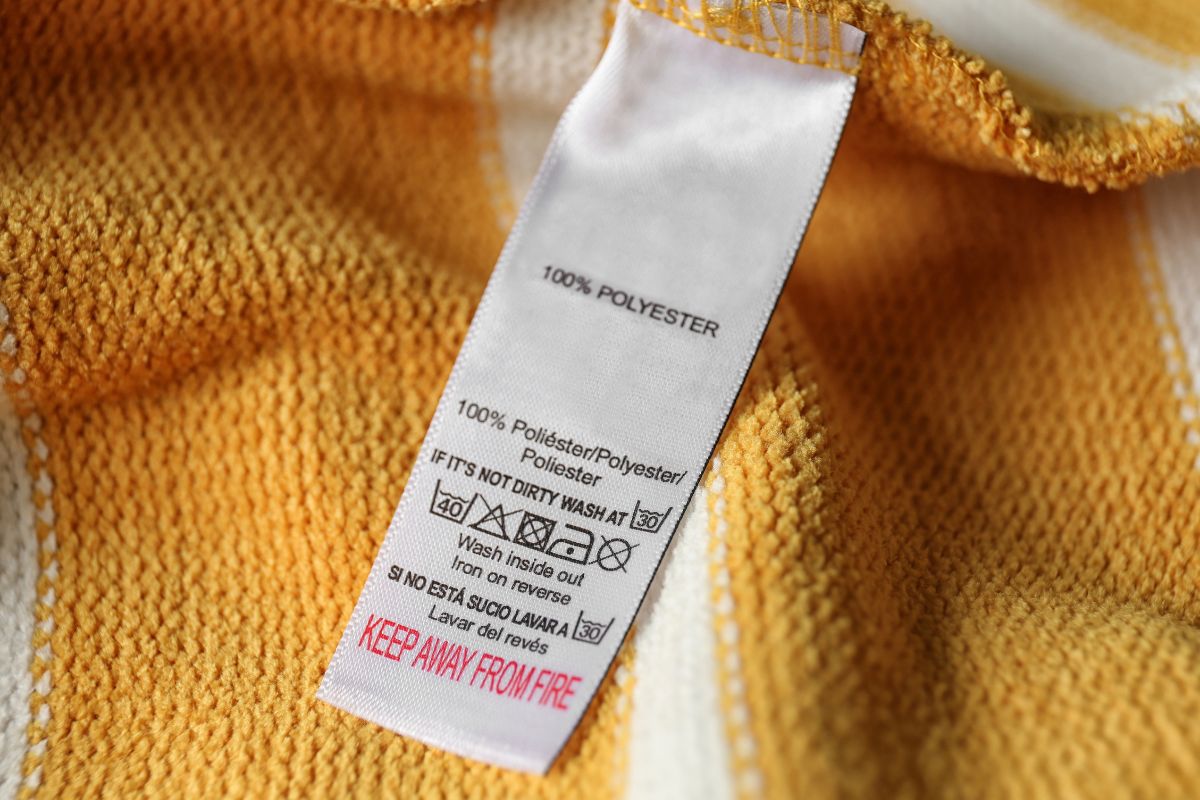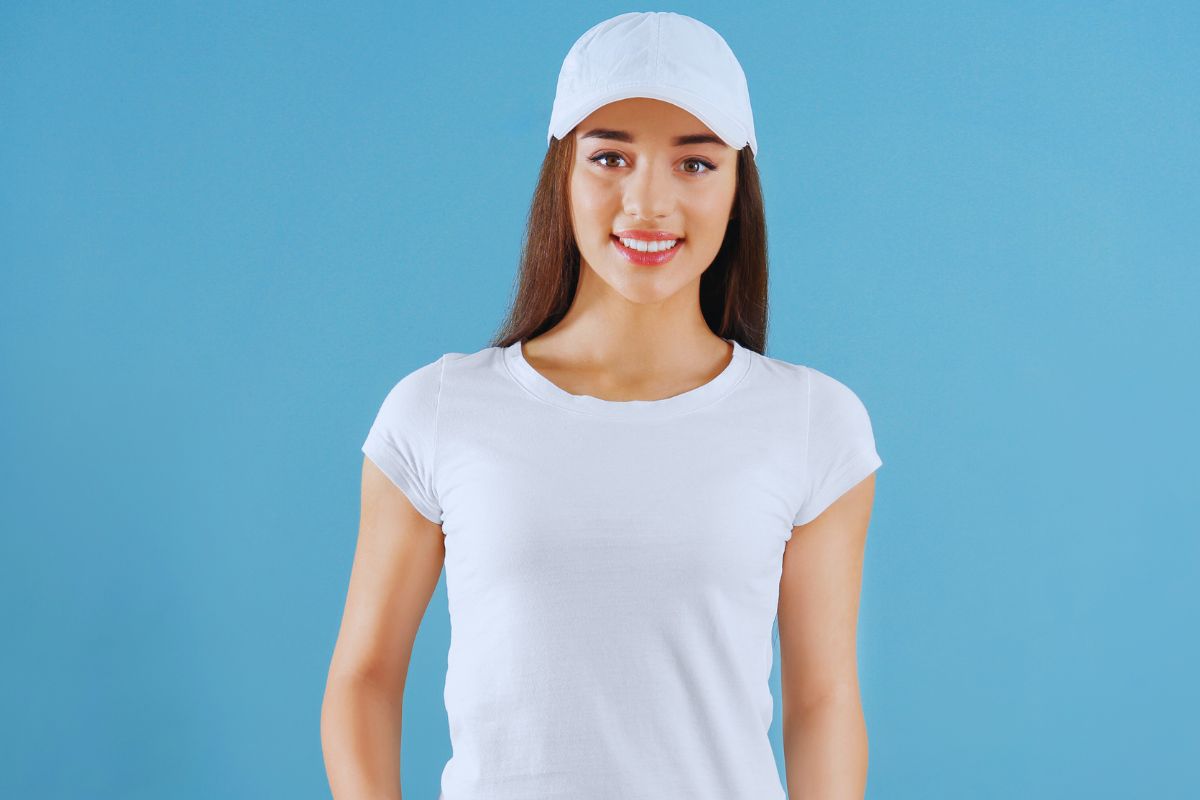Understanding what a fitted T-shirt is can elevate your wardrobe with a style that emphasizes a tailored silhouette. A fitted T-shirt is designed to closely follow the contours of your body, offering a defined shape that differentiates it from other cuts such as the traditional boxy or loose-fitting shirts. Not to be confused with a slim-fit, which is slightly looser, a fitted T-shirt narrows at the waist, hugging the chest and shoulders, creating a sleek and modern appearance.
Among the key characteristics, the armholes of a fitted T-shirt are typically higher, and the sleeves more form-hugging, ensuring a snug fit that enhances the arms. Moreover, strategically placed seams and darts are common features that contribute to the more sculpted look of the garment. Ideal for those seeking a polished and contemporary style, a fitted T-shirt can be a versatile piece in one’s casual to smart-casual wardrobe.
As trends evolve, the fitted T-shirt remains a staple that provides both comfort and style. Whether dressing it up with formal wear or keeping it casual with jeans, understanding and choosing the right fit can make a significant difference in your overall look. The fitted T-shirt offers a balance of sophistication and ease, making it an essential piece for savvy fashion enthusiasts.
Defining a Fitted T-Shirt
A fitted t-shirt is characterized by how it contours to your body, creating a silhouette that is more tailored than its standard counterparts. Fitted t-shirts significantly differ in fit and fabric, providing a style that is both sharp and comfortable. Here’s what sets them apart:
- Fit: These t-shirts are more snug around your body, particularly around the chest, shoulders, and waist. Unlike traditional boxy cuts, fitted t-shirts avoid excess fabric, which can make the shirt look baggy and less structured.
- Fabric: A stretchy fabric blend, often including materials like cotton and elastane, allows the t-shirt to maintain its shape while hugging your body’s contours. The quality of fabric also plays a role in how the t-shirt drapes and lasts over time.
- Style: With a fitted t-shirt, you benefit from a refined appearance. The tailored fit emphasizes your physique, suitable for both casual and semi-formal settings. It can often be a versatile piece in your wardrobe.
Here’s a quick rundown of how a fitted t-shirt might compare to a regular one:
| Feature | Fitted T-Shirt | Regular T-Shirt |
| Shoulder Fit | Contours body shape | Slight drape |
| Waist Fit | Tapered and snug | Straight cut |
| Fabric Stretch | More elasticity | Less elasticity |
| Style Quotient | High, emphasizes shape | Casual, relaxed fit |
When selecting a fitted t-shirt, ensure that it feels comfortable and does not restrict movement while offering a sleek look. The perfect fitted t-shirt should feel like a second skin, offering both style and comfort without compromising on quality and durability.
The Importance of Fabric and Durability
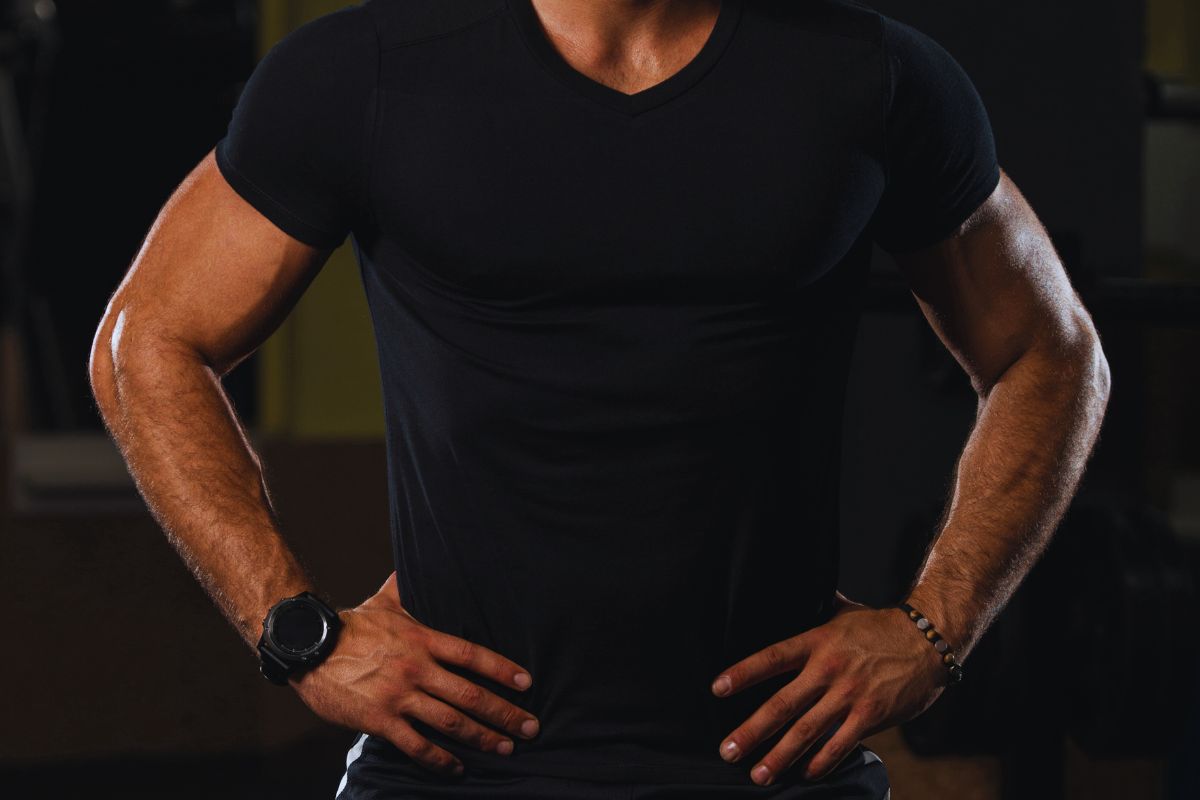
When choosing a fitted t-shirt, the selection of fabric is crucial to both its appearance and longevity. Fitted t-shirts rely on fabric that combines elasticity with durability, allowing the shirt to maintain its shape and hug your body contours comfortably without losing form over time.
- Cotton: Often favored for its breathability and soft texture, cotton is a go-to fabric for fitted t-shirts. However, cotton can be prone to shrinking. Opt for preshrunk cotton to minimize size changes after washing.
- Polyester: A synthetic option known for its exceptional durability. Polyester resists shrinking and maintains color well, providing a longer lifespan for your fitted t-shirt.
- Tri-blends: These are made of polyester, cotton, and rayon. They offer a balance of comfort and durability, with the added benefit of resisting heat entrapment.
For a premium look and feel, consider a blend that enhances the fabric’s durability while also offering a pleasing texture against your skin. Durability doesn’t just mean the ability to withstand multiple washes; it’s also about the fabric’s capacity to keep its color and resist pilling.
- Prefer preshrunk materials to forestall shrinking issues.
- Look for reinforced seams as they suggest a garment’s potential to endure wear and tear.
Your fitted t-shirt’s visual appeal and longevity heavily depend on the fabric’s quality. You showcase confidence and style with a well-chosen garment that stands the test of time.
| Fabric Type | Features |
| Cotton | Soft, breathable, may shrink |
| Polyester | Durable, colorfast, minimal shrinkage |
| Tri-blend | Soft, durable, retains shape, breathable |
Invest in a fitted t-shirt that feels comfortable, looks sleek, and promises enduring quality.
Identifying Your Body Type and T-Shirt Fit
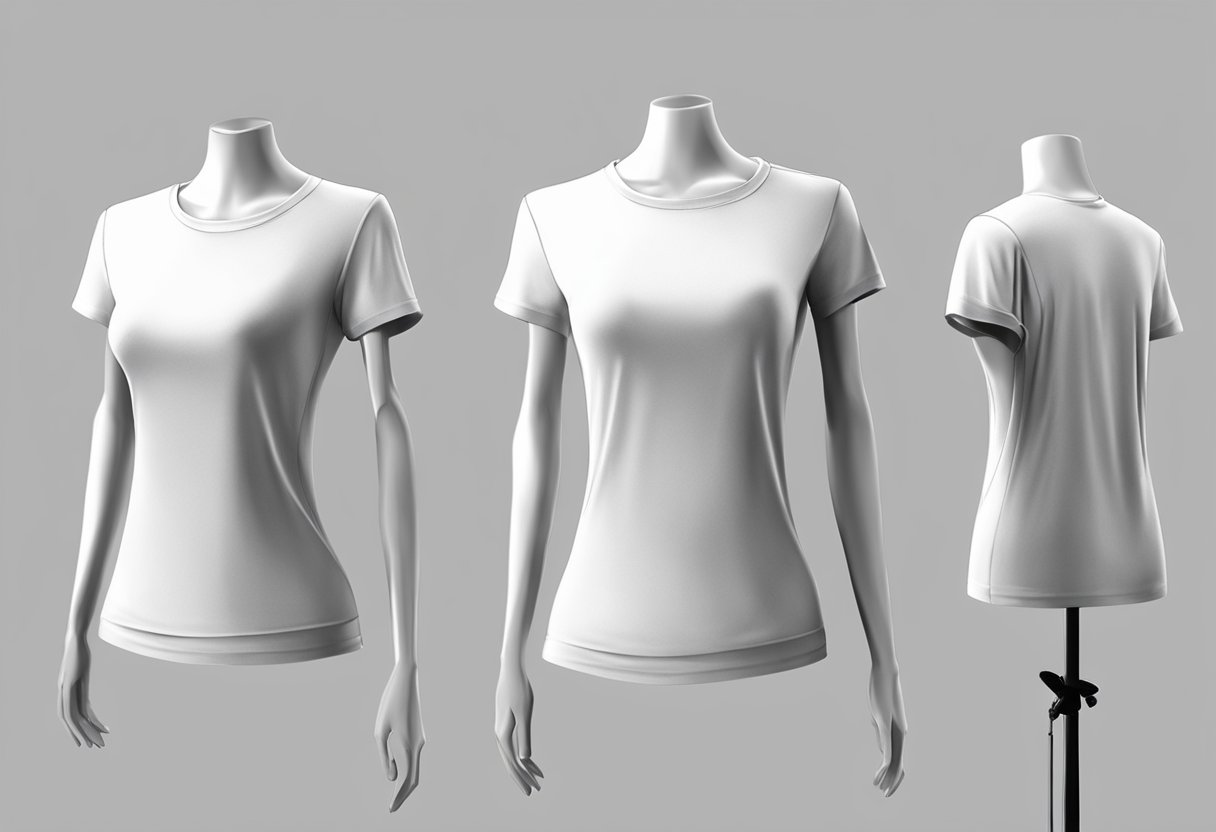
Selecting the right t-shirt involves understanding your body type and how different fit types complement it. You’ll want to focus on options that accentuate your best features while offering comfort and style.
Body Type Considerations
Petite: Look for slimmer, more tailored t-shirts that don’t overwhelm your frame. Chest and shoulders should be well-fitted with shorter sleeves to maintain proportion.
Plus-sized: Choose a t-shirt with a relaxed fit that doesn’t cling tightly to the body, ensuring comfort while providing a clean look.
Athletic or Muscular: A muscle fit tee or tapered fit that is snug around the chest and shoulders and then tapers down to the waist will highlight a V-shaped torso.
Dad Bod: Opt for a standard fit with a slight taper to offer a flattering silhouette without being restrictive.
T-Shirt Fit Types
Slim Fit: A close-cut style that hugs the body, enhancing a leaner torso. Not overly tight, allowing for movement and breathability.
Muscle Fit: Specifically designed for muscular builds, this fit emphasizes the chest and biceps with a snugger fit, while not being too tight around the waist.
Standard Fit: The all-rounder with a straight cut that allows more room and is not body-tight, suitable for various body types for balanced comfort and a fitted look.
Tapered Fit: Combines a fitted chest and shoulders area with a narrower waist, creating a tailored appearance without the need for custom clothing.
The Role of Color and Design
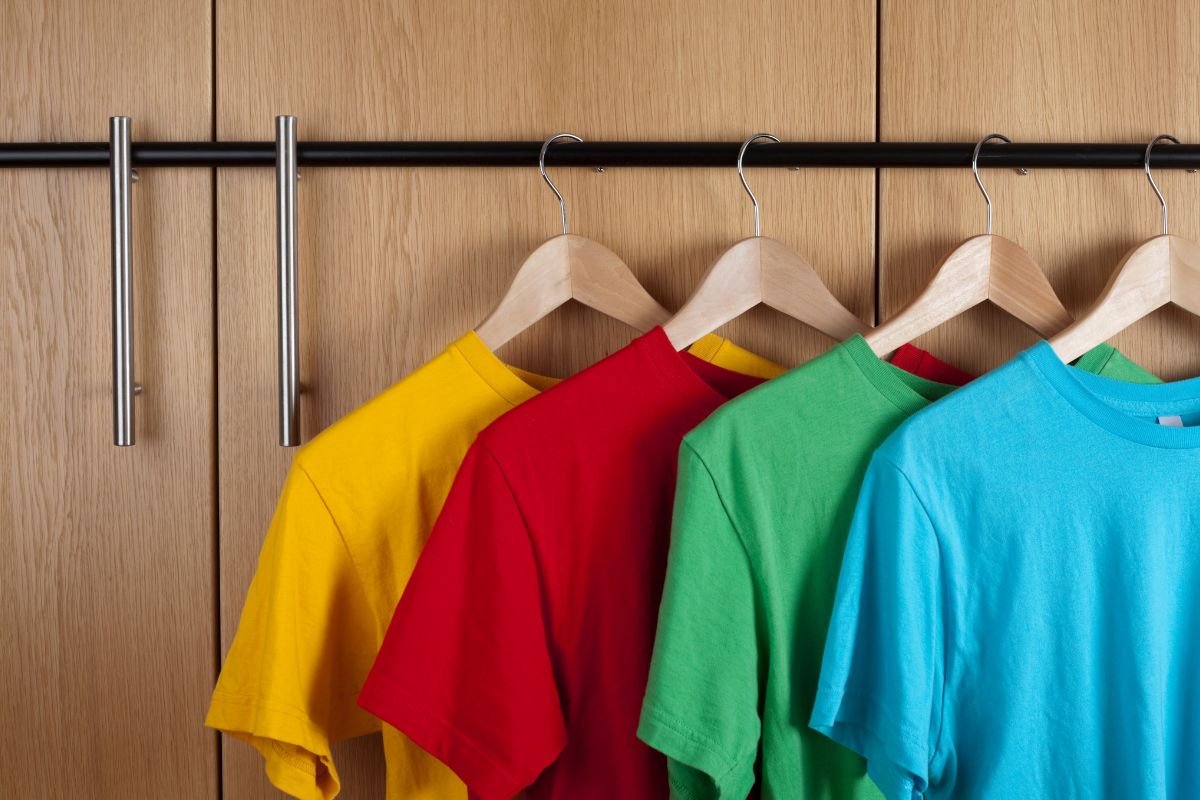
In selecting a fitted t-shirt, color and design are crucial in determining both its style and how it communicates your personal brand. These elements influence perception and wearability.
Color Significance
Navy, white, and black are staples in any wardrobe, offering versatility and a multitude of styling options. When you choose a t-shirt:
- Navy: Conveys professionalism and is often paired for business-casual looks.
- White: Symbolizes simplicity and cleanliness, making it a perfect canvas for any design.
- Black: Reflects a sleek and modern aesthetic; it is slimming and hides stains well.
The color of your fitted t-shirt dictates the occasions it suits and how it pairs with other clothing items. A crew collar in a bright color, for example, might be more casual and energetic, while a dark, fitted shirt with a more subtle collar can be deemed sophisticated.
Design Elements
Incorporating design elements such as balance, emphasis, and pattern affects the t-shirt’s overall appeal. When assessing design elements, be mindful of:
- Balance: Make sure the design elements are evenly distributed to avoid making the t-shirt look lopsided.
- Emphasis: The focal point should attract attention while complementing the t-shirt’s color.
- Pattern and Repetition: These can add visual interest. For instance, subtle stripes on a cuff can elevate the shirt’s style.
Your t-shirt’s design should harmonize with the collar and cuff style, offering a cohesive look that flatters the fit of the shirt. Design should enhance, not detract from, the t-shirt’s form-fitting quality, ensuring that it complements your figure and the style you aim to project.
Sizing and Tailoring Tips
Finding the right fitted t-shirt requires attention to detail and an understanding of your body’s measurements. This section will guide you through selecting the correct size and tailoring your shirt for a perfect fit.
Finding the Right Size
When selecting a fitted t-shirt, your chest size is the most critical measurement. Be sure to measure around the fullest part of your chest, keeping the tape measure horizontal. Here is a basic guideline in inches for men’s t-shirt sizes:
- Small: 34-36″
- Medium: 38-40″
- Large: 42-44″
- X-Large: 46-48″
For women, sizes typically range from XS to XL, with each size accounting for a bust measurement variance of about 2-4 inches. Keep in mind that these sizes can differ among brands; always check the brand’s specific size chart for accuracy.
The length of the t-shirt is also essential – it should be long enough to tuck in slightly but not so long that it bunches around the waist. The shoulder seams should sit at the edge of your shoulders – not too droopy nor too tight.
Tailoring for a Perfect Fit
If you’re unable to find a t-shirt that fits well off the rack, consider seeking the help of a tailor. A professional tailor can adjust the length and sleeves, ensuring they hit at the correct points – such as the sleeves ending around the mid-bicep and the hemline falling just past your waistband.
Shoulders are the hardest part to tailor, so aim to find a shirt that fits in the shoulders from the start. If the shoulder seam sits correctly, the tailor can then work on refining the chest, waist, and sleeves to enhance the shirt’s fitted look.
Remember, a well-fitted t-shirt can elevate your attire, offering a clean and flattering silhouette that’s suitable for a wide range of ages and body types.
Incorporating Fitted T-Shirts into Your Wardrobe
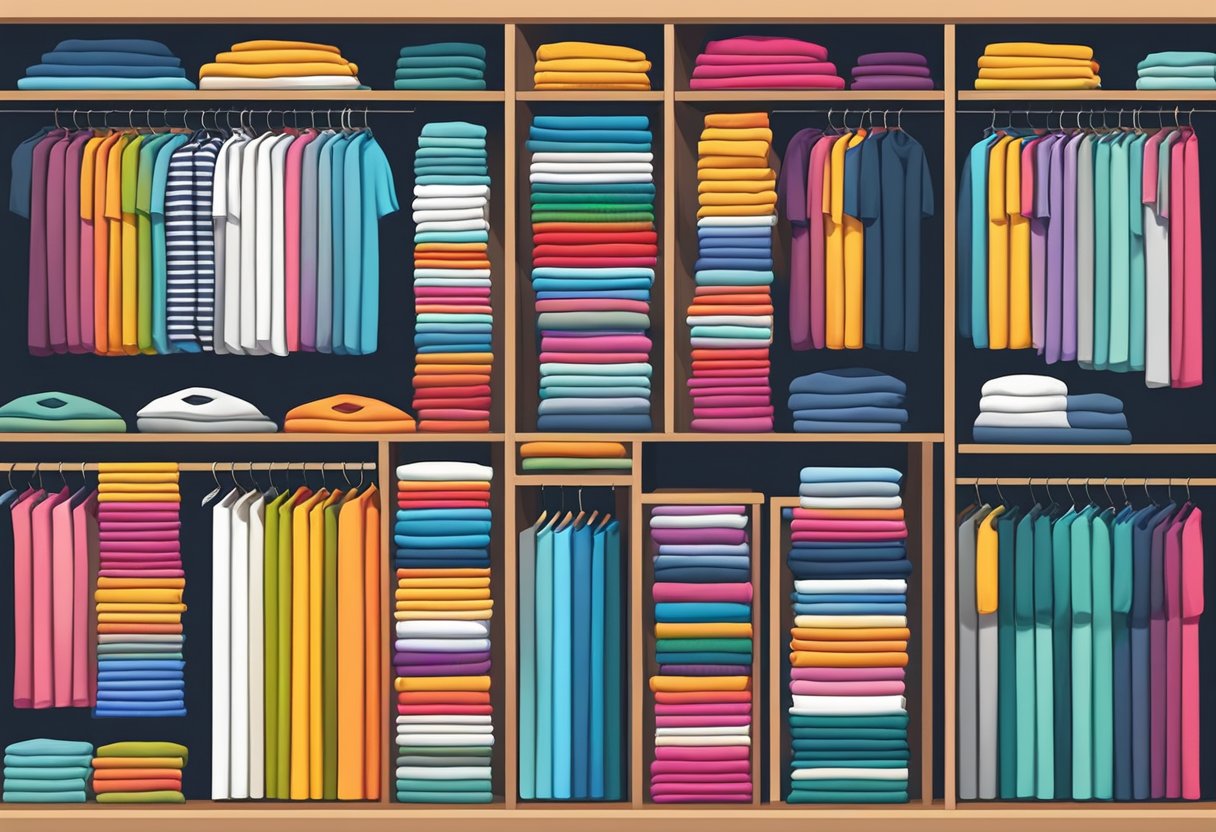
Fitted t-shirts are an essential component for a streamlined look and can be the foundation for numerous styles. When integrating these pieces into your wardrobe, consider how they serve both as standalone items and as layering elements.
Versatile Wardrobe Essentials
Your collection of fitted t-shirts should begin with quality basics from dependable brands like J.Crew and Madewell. It’s ideal to select a variety of cuts such as the classic crewneck—the perfect t-shirt for almost any occasion. A well-chosen fitted tee, made from durable and comfortable materials, will effortlessly fit into your lifestyle, transitioning from home to a night out with ease.
- Crewneck: Opt for J.Crew’s cotton crewnecks for an easy blend of comfort and durability.
- Variety: Explore Madewell for contemporary cuts that favor a more relaxed yet still tailored fit.
These brands offer a variety of options that can complement different outfits and occasions.
Layering and Style
Fitted t-shirts are not only valuable as individual pieces but are also perfect for layering under shirts, sweaters, or jackets. The snug fit ensures a seamless look, eliminating bulk and maintaining a sleek silhouette. When you’re out shopping for fitted tees, it’s important to keep in mind the kinds of outer layers you intend to pair them with.
- Summer: Pair a light-colored fitted tee with an open linen shirt for a breezy, casual look.
- Winter: Use a fitted t-shirt as a base layer under a sweater or cardigan to retain warmth without adding unnecessary bulk.
Remember, the key to layering is to start with the thinnest material closest to your skin and work outward with heavier pieces. This strategy not only helps with insulation but also promotes a cohesive style that suits your overall outfit.
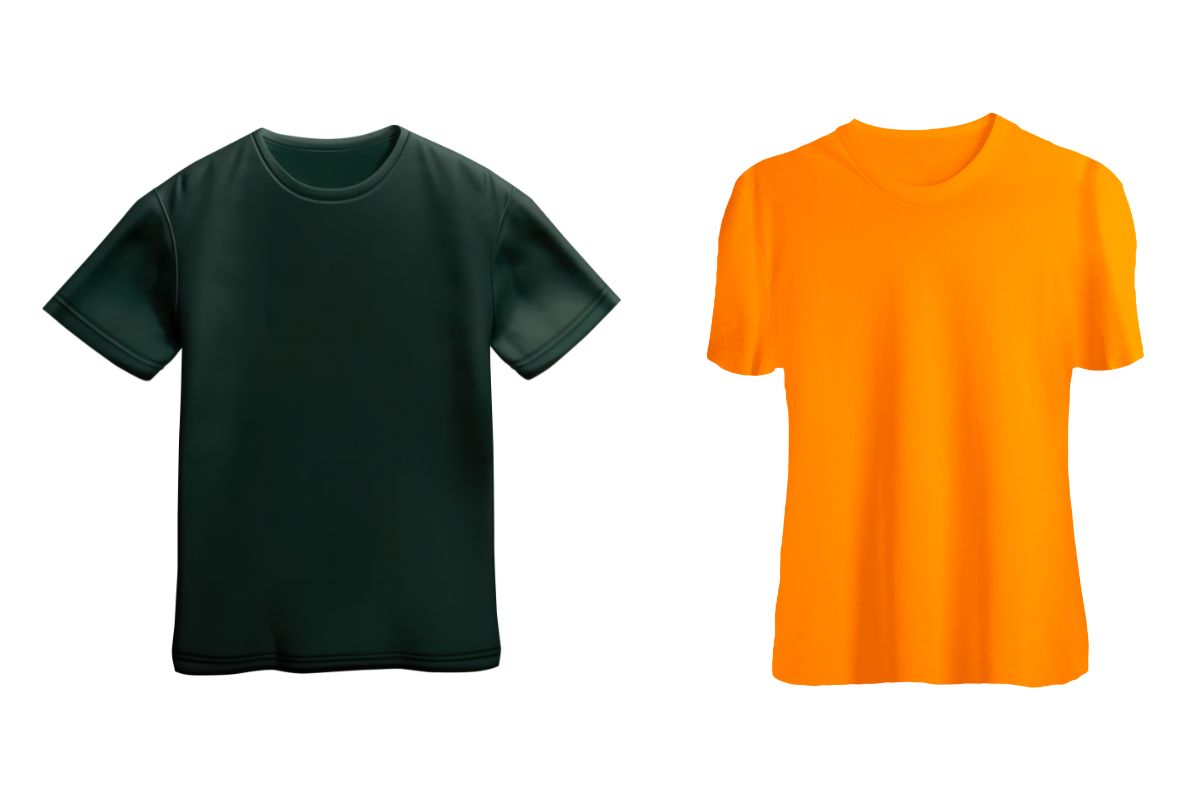
Frequently Asked Questions
Understanding the nuances of t-shirt fits can enhance your style and comfort. Here are answers to some common questions about fitted t-shirts.
How does a woman’s fitted t-shirt differ from a regular fit?
A woman’s fitted t-shirt is designed to hug the body more closely than a regular fit. It often accentuates the waist and bust, providing a silhouette that follows the body’s natural curves, diverging from a regular fit, which generally offers a straighter cut with more room.
What distinguishes a men’s fitted t-shirt from other fits?
Men’s fitted t-shirts are tailored to be narrower around the waist, chest, and arms, offering a contoured look that highlights the physique. This is different from standard fits that are roomier and less conforming to the body’s shape.
What are the differences between fitted and slim fit shirts?
The difference between fitted and slim-fit shirts lies in their cut and design. Fitted shirts are close to the body with a design intended to follow the body’s contours without being too tight. Slim-fit shirts are slightly tighter and emphasize a sleek silhouette, particularly around the waist and chest.
Can you list the various types of t-shirt fits available?
Yes, there are several t-shirt fits to consider, each providing a different look. These include the classic fit, which is more relaxed; the fitted or tailored fit; the slim fit, which is snugger; as well as muscle or athletic fits that are tighter to showcase a toned physique.
What should be the ideal fit for a t-shirt on a woman?
The ideal fit for a t-shirt on a woman usually depends on personal preference and body type, but generally, a flattering t-shirt should skim the body without being overly tight. It should allow freedom of movement and not pull across the chest or shoulders.
What does ‘fitted’ mean in the context of t-shirts and how does it compare to non-fitted options?
In t-shirts, ‘fitted’ means the shirt is cut closer to the body and designed to delineate the wearer’s shape. Compared to non-fitted options, which have a looser cut and provide a more casual, less structured look, fitted t-shirts offer a polished and tailored appearance.

